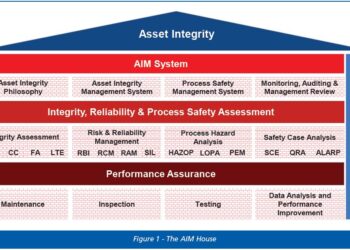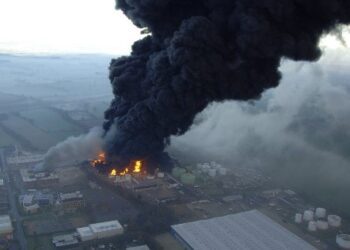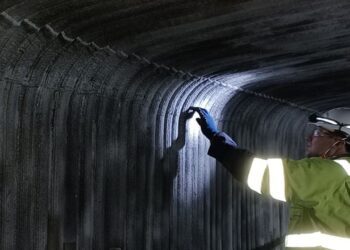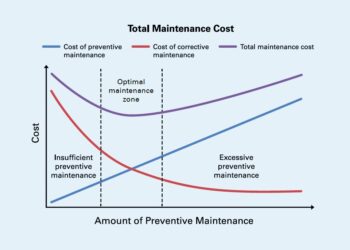Improving equipment reliability through smart asset management
Of all the factors with the potential to adversely affect safety and optimal commercial performance of an asset, poor equipment reliability is recognised as one of the most significant.

In compliance with the relevant legislative requirements and good practice in the civil nuclear sector, safety systems are designed and installed with defence in depth, including sufficient redundancy and diversity, to ensure a single component failure does not result in an unsafe state – thus ensuring that risks are ‘As Low as Reasonably Practicable’ (ALARP). However, for other systems, the inclusion of similar levels of redundancy and diversity, whilst technically feasible, is often logistically and financially impracticable. Thus the reliability of certain components, which may be categorised as Single Point Vulnerabilities (SPV), becomes critical to maintaining the anticipated output throughout the life of the asset.
BLIND COMPLIANCE
Traditionally, operators of newly commissioned facilities adopt planned maintenance (PM) and spares strategies from the plant designers who, in turn, adopt recommendations from equipment manufacturers. However, many systems utilise components not exclusively designed for the asset’s function.
For example, many civil nuclear power stations in the UK employ diesel generators as a means of generating essential electrical supplies should normal grid supplies become temporarily unavailable. These machines are usually marine diesels designed to power an ocean-going vessel. Accordingly, the recommended PM routines, frequencies and spares holding advice are based on an anticipated operating cycle of thousands of hours per year. At a nuclear power plant, these engines run for significantly fewer hours each year, typically only one hundred or less, often rendering the manufacturer’s advice on PM routines, frequencies and spares inappropriate.
PROACTIVE ASSESSMENT MANAGEMENT
The solution is to ensure that the design of a new asset includes the production of an Asset Management System (AMS) that identifies and disseminates knowledge and data associated with all components, especially those upon which safety and commercial performance depend.
The AMS should apply for the entire anticipated operational life and use of the asset, and crucially, should tailor its requirements such as equipment health monitoring, PM, spares, etc. accordingly.
Best practice is now seen as bringing together all the elements of ageing management, preventive maintenance, knowledge management and business decisions. The most prominent example, the Process (Ref. 1), is being embraced by more and more power utilities in North America, the UK and, more recently, Europe. However, the underlying principles of AP-913 are not specific to civil nuclear utilities or indeed the wider power generation industry. These include the coordination of equipment reliability, availability and maintainability activities into one process for plant personnel to evaluate important equipment, development of long-term equipment health plans, monitoring of performance and condition, and making continuing adjustments to PM tasks based on equipment operating experience.
Power utilities that have previously implemented INPO AP-913 via a well-designed AMS have reported significant benefits, not only in the equipment reliability but also within the context of continuous improvement informing better plant management; maintenance is targeted specifically at those items categorised as commercially ‘critical’. Similarly, strategic spares holding is better informed and, for those utilities with multiple power stations of similar design, the exchange of operating experience has proven invaluable in reducing recurring issues. For example, where AP-913 has been implemented by civil nuclear utilities, they typically achieve above 90% of their maximum continuous power output.
CONCLUSION
Whilst the link between equipment reliability and asset performance is clear at a high level, use of a proactive asset management system leads to an improved understanding of critical components and delivery of bespoke upkeep requirements to achieve greater availability.
References:
1. Equipment Reliability Process, INPO AP-913, Rev.1 Institute of Nuclear Power Operations, 2001.
This article first appeared in RISKworld issue 3








